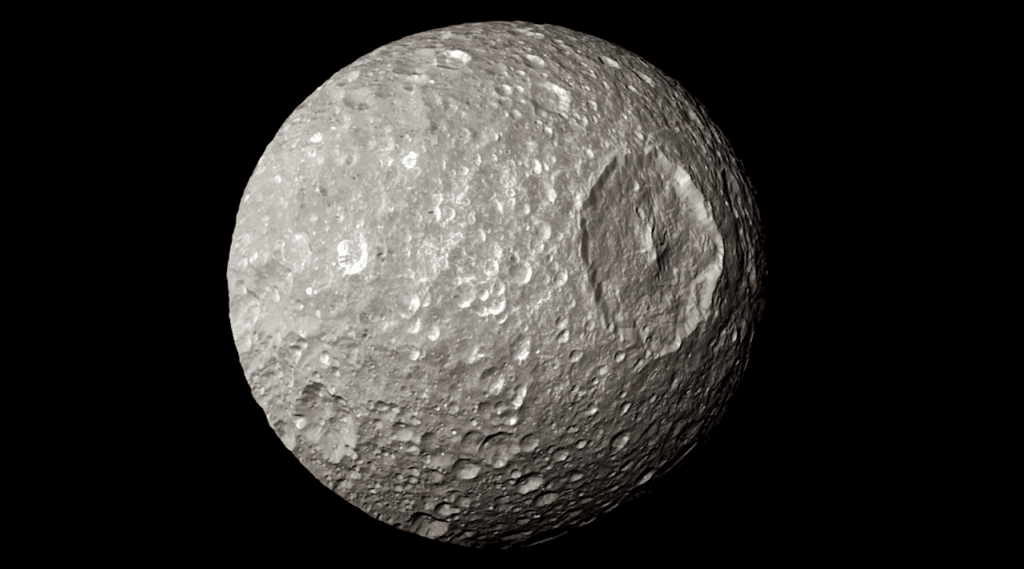Oxidation Processes Diversify The Metabolic Menu On Enceladus

The Cassini mission to the Saturn system discovered a plume of ice grains and water vapor erupting from cracks on the icy surface of the satellite Enceladus. This moon has a global ocean in contact with a rocky core beneath its icy exterior, making it a promising location to search for evidence of extraterrestrial life in the solar system.
The previous detection of H2 in the plume indicates that there is free energy available for methanogenesis, the metabolic reaction of H2 with CO2 to form methane and water. Additional metabolic pathways could provide sources of energy in Enceladus’ ocean, but require the use of other oxidants that have not been detected in the plume.
Here, we perform chemical modeling to determine how the production of radiolytic O2 and H2O2, and abiotic redox chemistry in the ocean and rocky core, contribute to chemical disequilibria that could support metabolic processes in Enceladus’ ocean. We consider three possible cases for ocean redox chemistry: Case I in which reductants are not present in appreciable amounts and oxidants accumulate over time, and Cases II and III in which aqueous reductants or seafloor minerals, respectively, convert O2 and H2O2 to SO2−4 and ferric oxyhydroxides.
We calculate the upper limits on the concentrations of oxidants and chemical energy available for metabolic reactions in all three cases, neglecting additional abiotic reactions. For all three cases, we find that many aerobic and anaerobic metabolic reactions used by microbes on Earth could meet the minimum free energy threshold required for terrestrial life to convert ADP to ATP, as well as sustain positive cell density values within the Enceladus seafloor and/or ocean. These findings indicate that oxidant production and oxidation chemistry could contribute to supporting possible life and a metabolically diverse microbial community on Enceladus.
Christine Ray, Christopher R. Glein, J. Hunter Waite, Ben Teolis, Tori Hoehler, Julie A. Huber, Jonathan Lunine, Frank Postberg
Comments: Accepted to Icarus 2 December 2020
Subjects: Earth and Planetary Astrophysics (astro-ph.EP); Biological Physics (physics.bio-ph)
DOI: 10.1016/j.icarus.2020.114248
Cite as: arXiv:2012.08582 [astro-ph.EP] (or arXiv:2012.08582v1 [astro-ph.EP] for this version)
Submission history
From: Christine Ray
[v1] Tue, 15 Dec 2020 19:43:48 UTC (1,817 KB)
https://arxiv.org/abs/2012.08582
Astrobiology,








